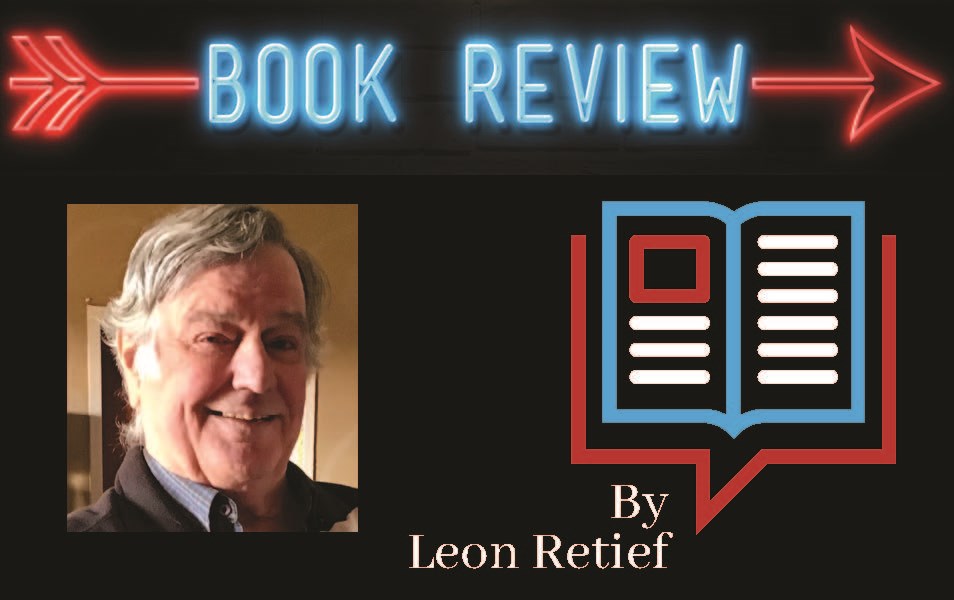“There are too many books about food,” so Silvertown tells us right at the beginning. He is most probably correct, but this book isn't one of the too many – in fact, anyone with an interest in biology, food and evolution will find this volume irresistible, although even people who don’t care about these subjects should still find plenty of interest in these pages.
As befits a good chef, Silvertown, professor of evolutionary ecology at Edinburgh University, presents an enticing menu with four entrées: natural science, anthropology, physiology and history. The menu also has a large choice of starters in the form of interesting snippets of information, such as that there are more than 4 000 edible plants, and that mice can smell carbon dioxide. Who would have thunk?
After a brief introduction, readers are invited to an imaginary dinner with the hominin family, such as Homo heidelbergensis, H. erectus, H. habilis and of course H. neanderthalensis, all with eating habits unknown to modern humans.
Food can only be enjoyed when diners can smell and taste what they eat, and Silvertown discusses these two senses in moderate detail, also the large number of associated pseudogenes, a truly fascinating part of our evolutionary heritage.
This is followed by a review of how humans probably discovered cooking, how shellfish contributed to our journey out of Africa and our domestication of some animals to adapt to our dietary habits – or, perhaps, the other way round.
An extremely interesting section deals in a very clear manner with the biochemistry of plants’ defence mechanisms against herbivores and how humans render those toxins harmless or make use of them. In the process makes a very profound remark: “A heroin addict is a bystander casualty of the war between poppies and caterpillars.”
Herbs and spices, quite properly, get their own chapter – after all, what is a piece of meat or fish without pepper, curry or any of the other wonderful spice mixtures available? Desserts are also considered, and in my opinion, Silvertown does an admirable job of explaining the dangers of too much carbohydrates, although, strictly speaking, too many calories by themselves are also undesirable, irrespective of the source.
The future of food security also comes under the spotlight and his sober analysis of genetically modified crops should (or so I hope) put at least some anxious minds at rest.
This is a book about food, but anyone looking for recipes will be disappointed. Instead, the reader gets a thorough and very interesting survey of the natural history of the human diet through the ages, as seen through the lenses of evolution, physiology and the prehistory of H. sapiens, with a strong focus on evolution as the driving force for genetic change in humans, plants and animals. As such it explains much or most of the present state of affairs with regard to our diet.
Apart from the above-mentioned topics, there are clear discussions of, among others, the physiology of digestion, changes in grains and particularly wheat, the evolution of muscles in fish, the importance of ortho- and retronasal olfaction, the evolution and breeding of chickens, the arms race between plants and their predators, toxic honey and alcohol tolerance, to name just a few.
I must mention the Russian botanist Nikolai Vavilov, who was purposely starved to death in Siberia in 1943 because he disagreed with the then current communist political views on genetics - yes, genetics! Vavilov did sterling, in fact, heroic work building up a magnificent seed collection, a still ongoing enterprise long after his death. His name should be mentioned every time subjects like there are discussed.
The book has 232 pages, but because of extensive and very interesting notes at the end, the text fills only 195 pages. Remarkably enough, Silvertown managed to distill an amazing amount of fascinating information into less than 200 pages.
I highly recommend this book, and it will make a great gift for anyone who is interested in these subjects – and even for those who are not.
The views and opinions expressed in this article are those of the author, and do not necessarily reflect the position of this publication.




